Kaari Upson’s unsettling, grotesque and seductive world in Denmark
The Louisiana Museum of Modern Art in Denmark is staging the first comprehensive survey of late artist Kaari Upson’s work
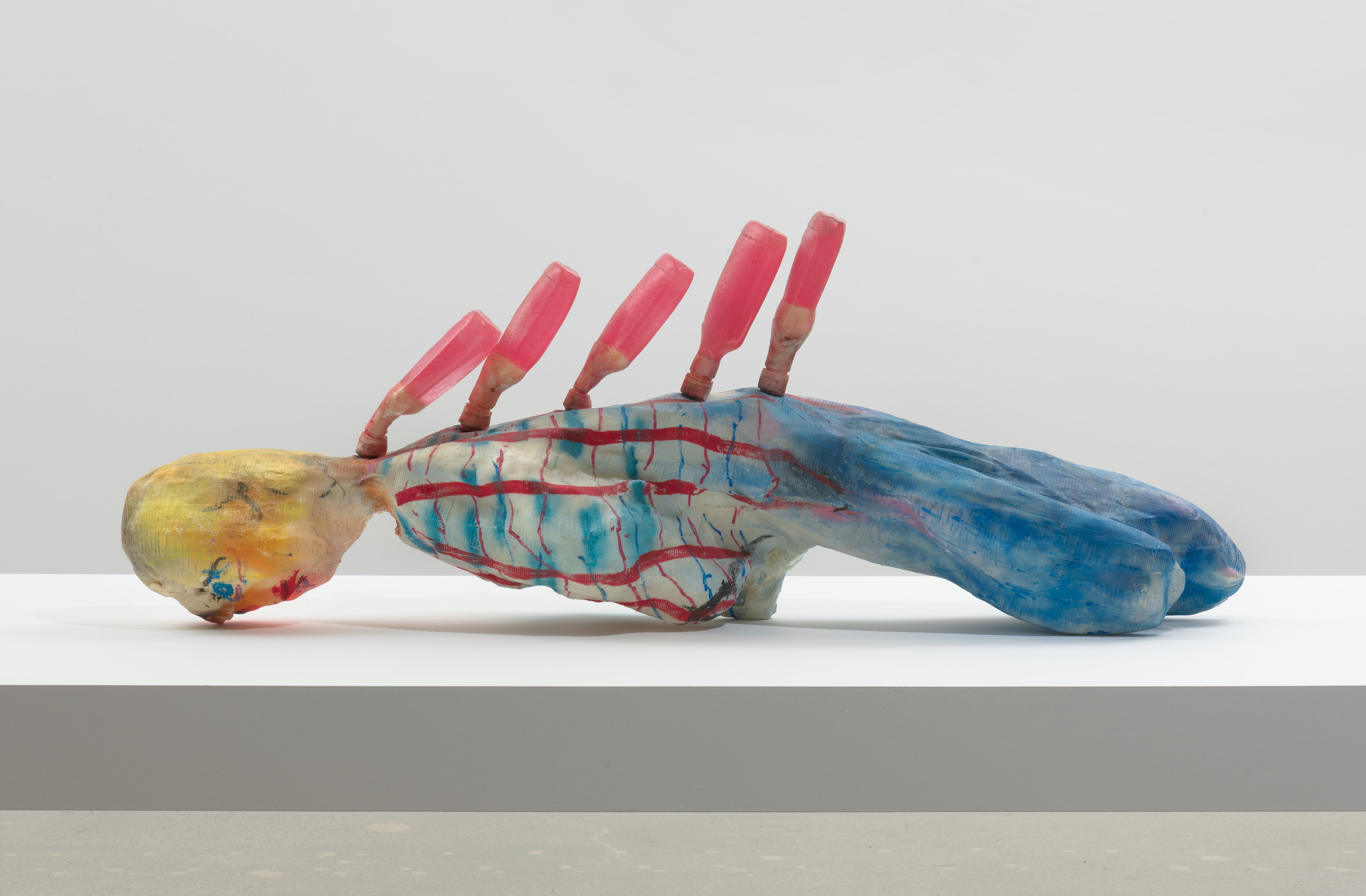
Kaari Upson emerged as one of the most unsettling and formally ambitious artists of her generation, crafting a practice that tunnelled into the core of American pathology with relentless psychological acuity. Her visceral, often epic explorations carved a singular path through the psychic underworld of American culture, staging installations that probed the unstable boundaries of identity, memory, and desire. Trained at CalArts, she was part of a generation shaped by the school’s legacy of conceptual rigour and performative experimentation – yet her work remained wholly her own, marked by feverish intimacy and hallucinatory logic.
Upson’s oeuvre is deeply tied to Los Angeles: its excess, detritus, dream logic, and devastating fires. ‘Dollhouse – A Retrospective’, currently on view at the Louisiana Museum of Modern Art in Denmark, is the first comprehensive survey since Upson’s untimely death in 2021, of cancer, at age 51. The exhibition, which is set to travel to Kunsthalle Mannheim in Germany and MASI Lugano in Switzerland, traces the evolution of a practice that blurred the lines between fiction, autobiography, and cultural critique. From the psychologically charged multi-part saga Larry Project to her uncanny dollhouse installations – blown-up versions of a dollhouse her mother built for the artist’s daughter – the retrospective encapsulates Upson's ability to blur the boundaries between reality and fiction, constructing uncanny stage sets for the rituals of trauma and repetition. Set against the museum's serene coastal backdrop and elegant architecture, the show stands as a poignant tribute to an artist whose oeuvre is as disquieting as it is seductive.

Kaari Upson, Untitled, 2007
Several galleries in the show are dedicated to The Larry Project (2005–2014), Upson’s decade-long descent, in different media, into the persona of a man whose personal archive – discovered in an abandoned house in the San Fernando Valley – became the foundation for an expansive, fictionalised mythology. Upson obsessively reworked this material, constructing a surrogate figure that became a proxy for cultural fantasies of masculinity, wealth, and decay.
Her recreations of domestic spaces – including a full-scale replica of Larry’s house in thick, buttery latex in the installation Recollection Hysteria (2012) – positions the project as a dark mirror to LA’s libidinal architecture. The piece The Grotto (2008), for example, is a fibreglass replica of the Playboy Mansion’s infamous cave-like swimming pool, reimagined as a claustrophobic site of psychic excavation. Inside, Upson projected videos of herself inhabiting grotesque female archetypes – donning silicone prosthetics of exaggerated breasts and genitalia – while engaging in phone-sex roleplay and improvised monologues.
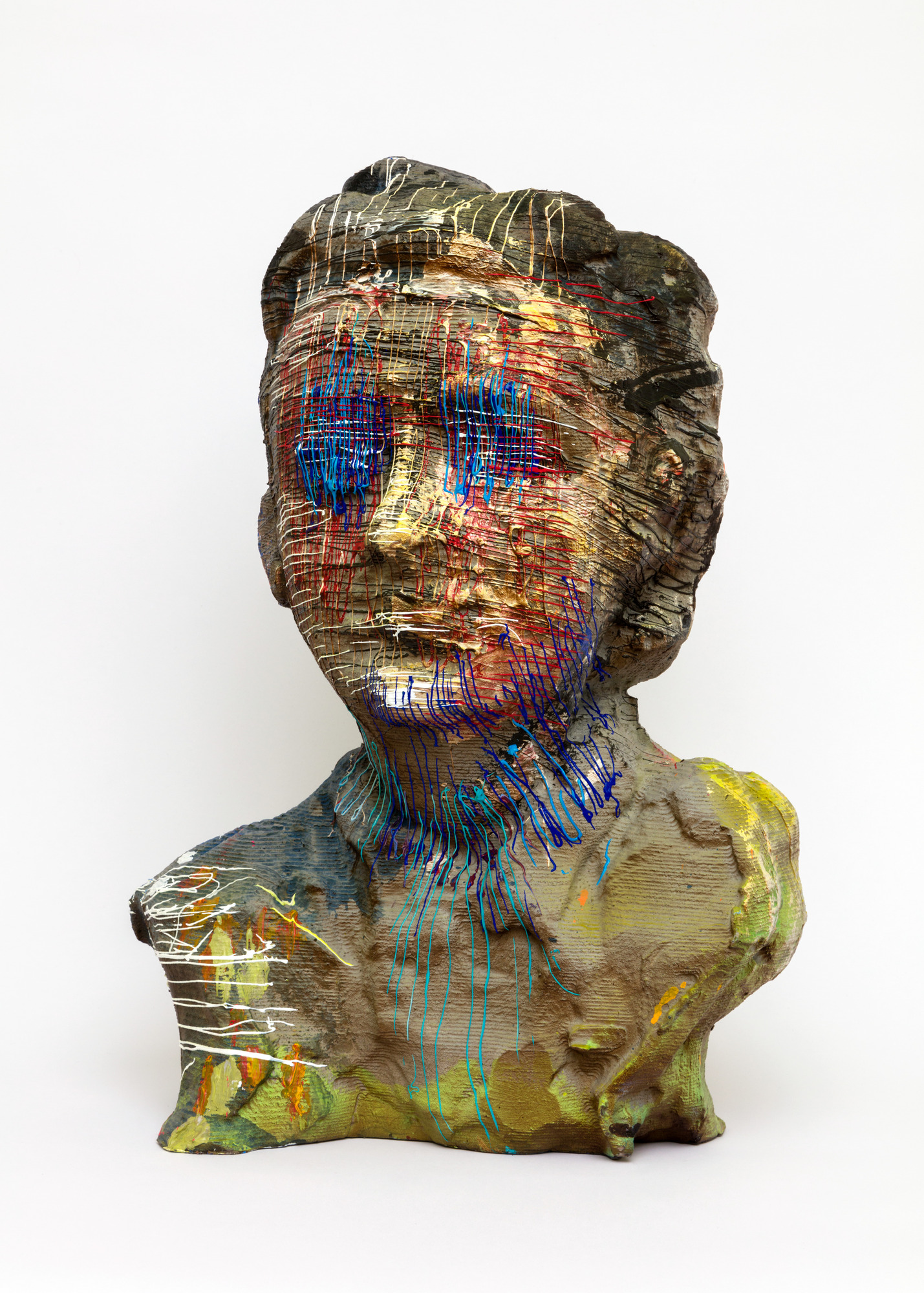
Kaari Upson, Oma (Blue eyes), 2020
‘Her work is outrageously painterly,’ curator Anders Kold tells Wallpaper*, drawing attention to the way Upson mixed pigments into latex and used airbrushing and paint on the soft, pliable surfaces of sculptures resembling deflated furniture. This painterly quality is exemplified in Mother’s Legs (2018–19), a haunting installation of elongated urethane forms suspended like dismembered limbs. Cast from termite-riddled wood from a tree that once stood outside Upson’s childhood home, each form is fused with knee casts –some from Upson herself, others from her mother – creating hybrids of human and arboreal anatomy. Their missing feet and unnatural proportions evoke dislocation and loss, while the palette of fleshy pinks and sickly tones transforms the forest-like arrangement into a dreamlike procession of maternal surrogates, both tender and uncanny.
Upson’s work frequently draws on her mother’s complex personal history – born in the former GDR, she left East Germany and lived in the West before meeting Upson’s father, whom she followed to the United States, seeking the American Dream. This narrative of migration, reinvention, and utter adaptation – not to say self-negation – underpins Upson’s recurring use of her mother’s image and body, exploring themes of femininity and inherited trauma. Upson’s father, on the other hand, is only referenced directly in a single work: Untitled (2020-21) shows a footless, handless figure in blue jeans and a checkered cowboy shirt lying face down, with five ketchup-red bottles wedged into its back, like knives.

Kaari Upson, Untitled, Kiss, 2007
Untitled (Foot Face), Upson’s final and unfinished series, comprises 140 ink drawings made as a daily visual diary. Each work repeats the pairing of Upson’s face and her late mother’s foot – symbols of self and origin. Created during a period marked by her mother’s death from cancer and the recurrence of the artist's own illness, the series traces a gradual dissolution. As the drawings progress, the foot vanishes, leaving behind disembodied eyes adrift in dense crosshatching. Shown here for the first time, the series is a lush meditation on grief, and the quiet erosion of identity at life’s end, eerily continuing the posthumous reckoning with a body of work that continues to speak, even in silence.
Receive our daily digest of inspiration, escapism and design stories from around the world direct to your inbox.
‘Dollhouse’ is at Louisiana Museum of Modern Art until 26 October, louisiana.dk/en
-
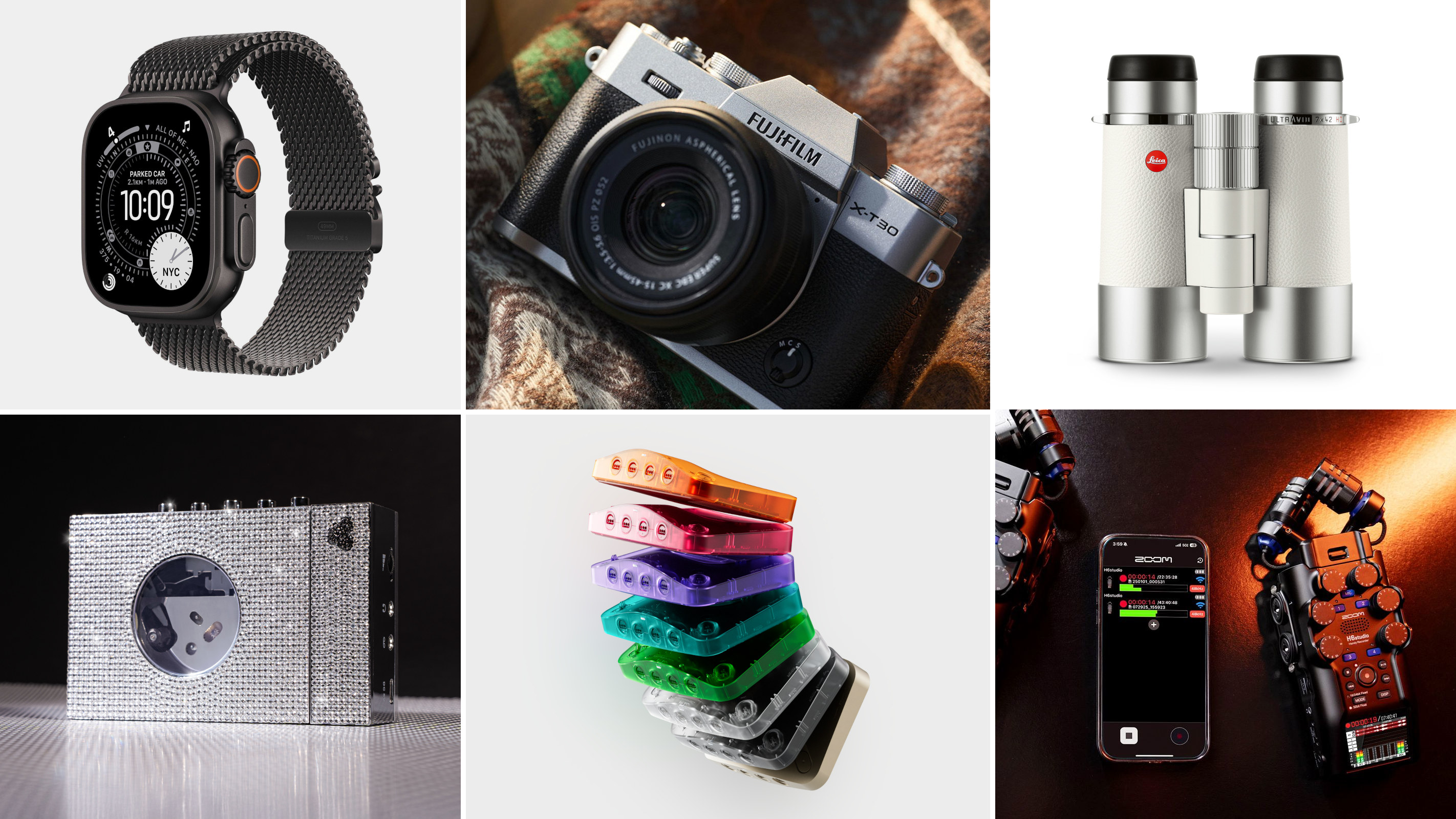 Tech gift ideas: Wallpaper’s Jonathan Bell lists 12 devices to desire this festive season
Tech gift ideas: Wallpaper’s Jonathan Bell lists 12 devices to desire this festive seasonTechnology editor Jonathan Bell delves into the best new releases and most giftable gadgets from 2025, offering up personal favourites as well as a few big hints
-
 Blue skies beckon for the magnificent multi-functional Citroën ELO concept
Blue skies beckon for the magnificent multi-functional Citroën ELO conceptFeaturing an ingenious interior and new materials, Citroën’s conceptual collaboration with Decathlon and Goodyear has create a true automotive all-rounder
-
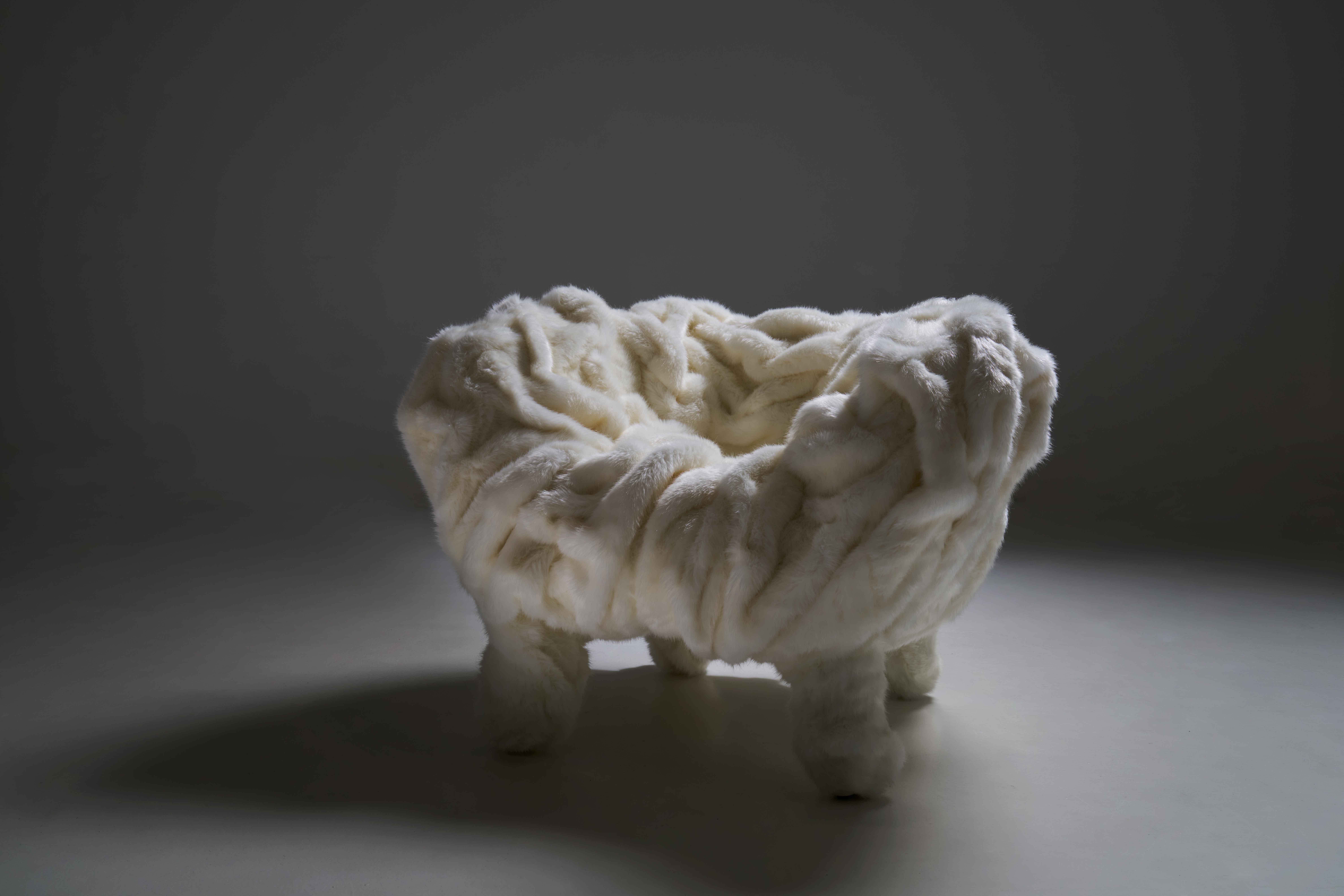 Edra’s wintry marvel of a chair heralds the 2026 Olympics
Edra’s wintry marvel of a chair heralds the 2026 OlympicsEdra unveils a snow-white, special-edition chair by Estudio Campana to mark the upcoming Winter Olympics, as part of its ‘Casa Italia’ showcase of Italian excellence for the event
-
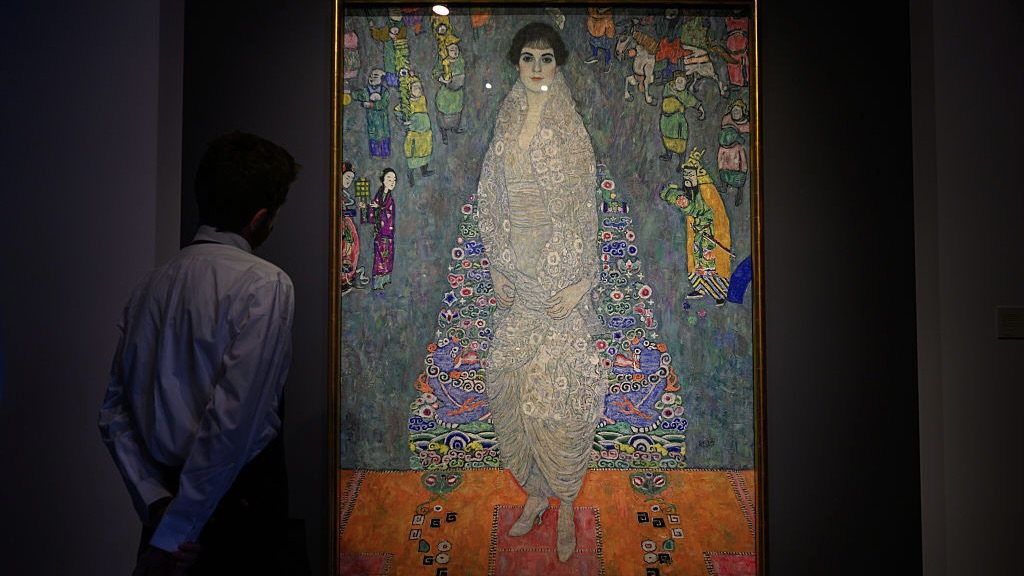 This Gustav Klimt painting just became the second most expensive artwork ever sold – it has an incredible backstory
This Gustav Klimt painting just became the second most expensive artwork ever sold – it has an incredible backstorySold by Sotheby’s for a staggering $236.4 million, ‘Portrait of Elisabeth Lederer’ survived Nazi looting and became the key to its subject’s survival
-
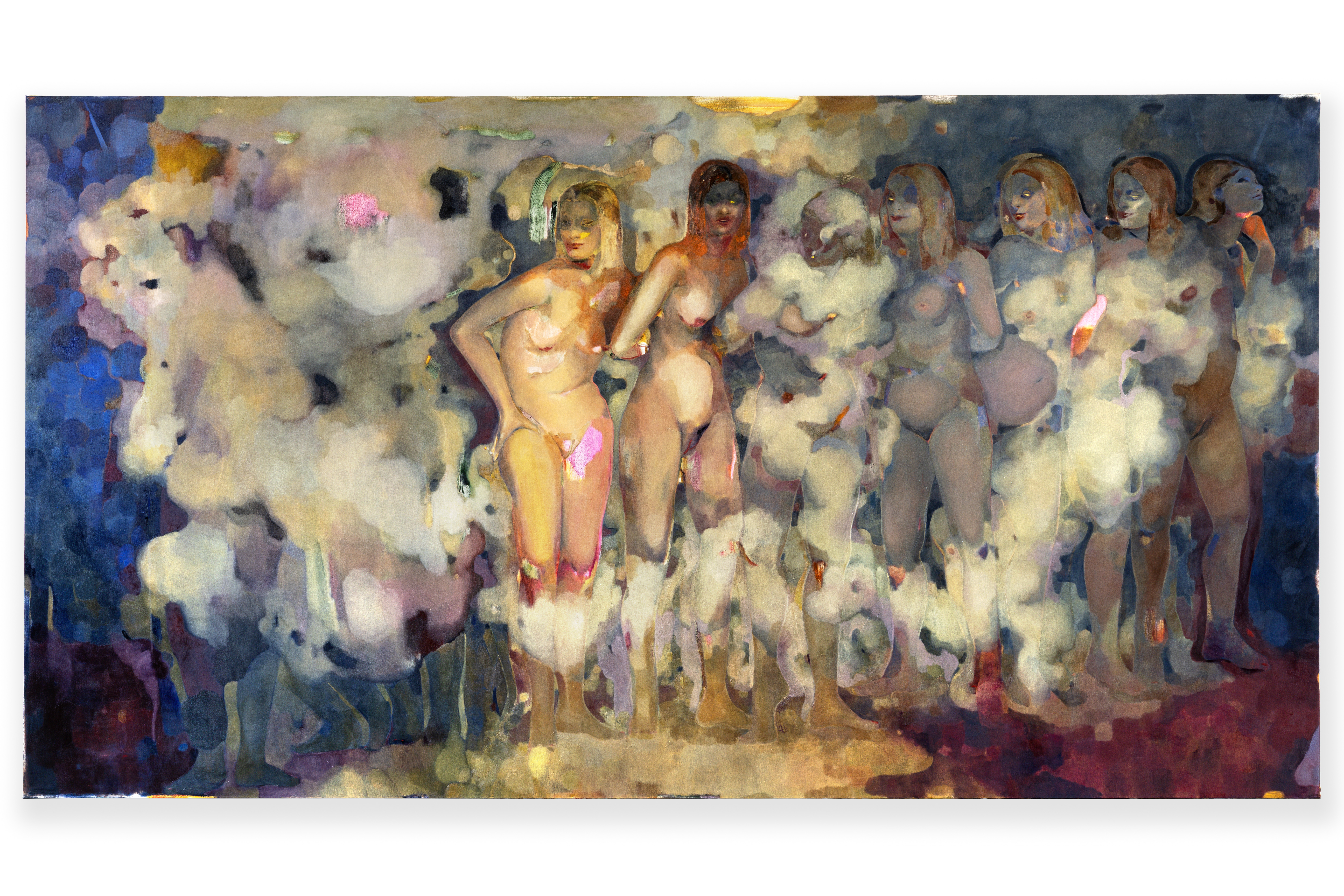 Meet Eva Helene Pade, the emerging artist redefining figurative painting
Meet Eva Helene Pade, the emerging artist redefining figurative paintingPade’s dreamlike figures in a crowd are currently on show at Thaddaeus Ropac London; she tells us about her need ‘to capture movements especially’
-
 Maggi Hambling at 80: what next?
Maggi Hambling at 80: what next?To mark a significant year, artist Maggi Hambling is unveiling both a joint London exhibition with friend Sarah Lucas and a new Rizzoli monograph. We visit her in the studio
-
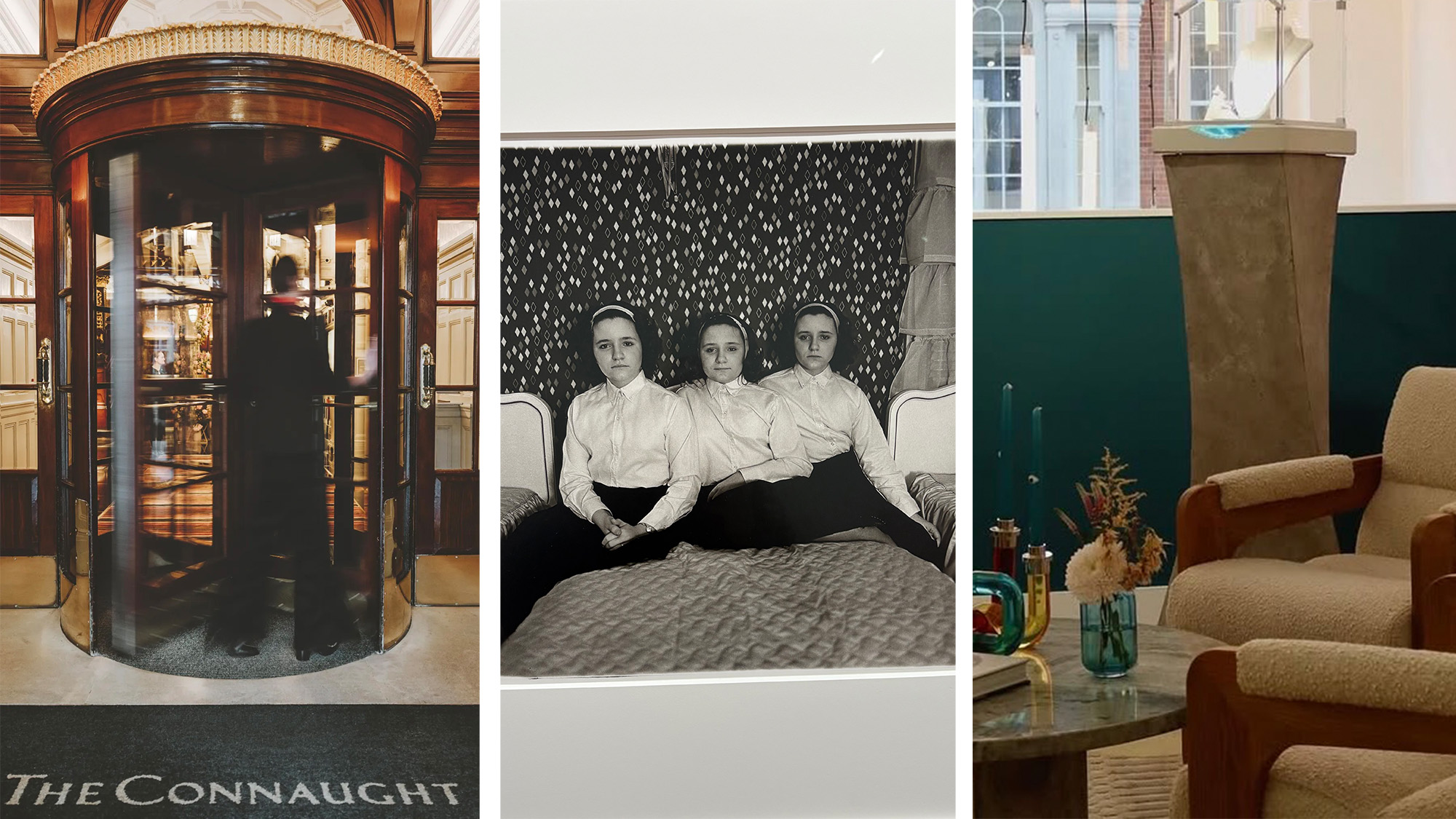 Out of office: The Wallpaper* editors’ picks of the week
Out of office: The Wallpaper* editors’ picks of the weekThis week, the Wallpaper* editors curated a diverse mix of experiences, from meeting diamond entrepreneurs and exploring perfume exhibitions to indulging in the the spectacle of a Middle Eastern Christmas
-
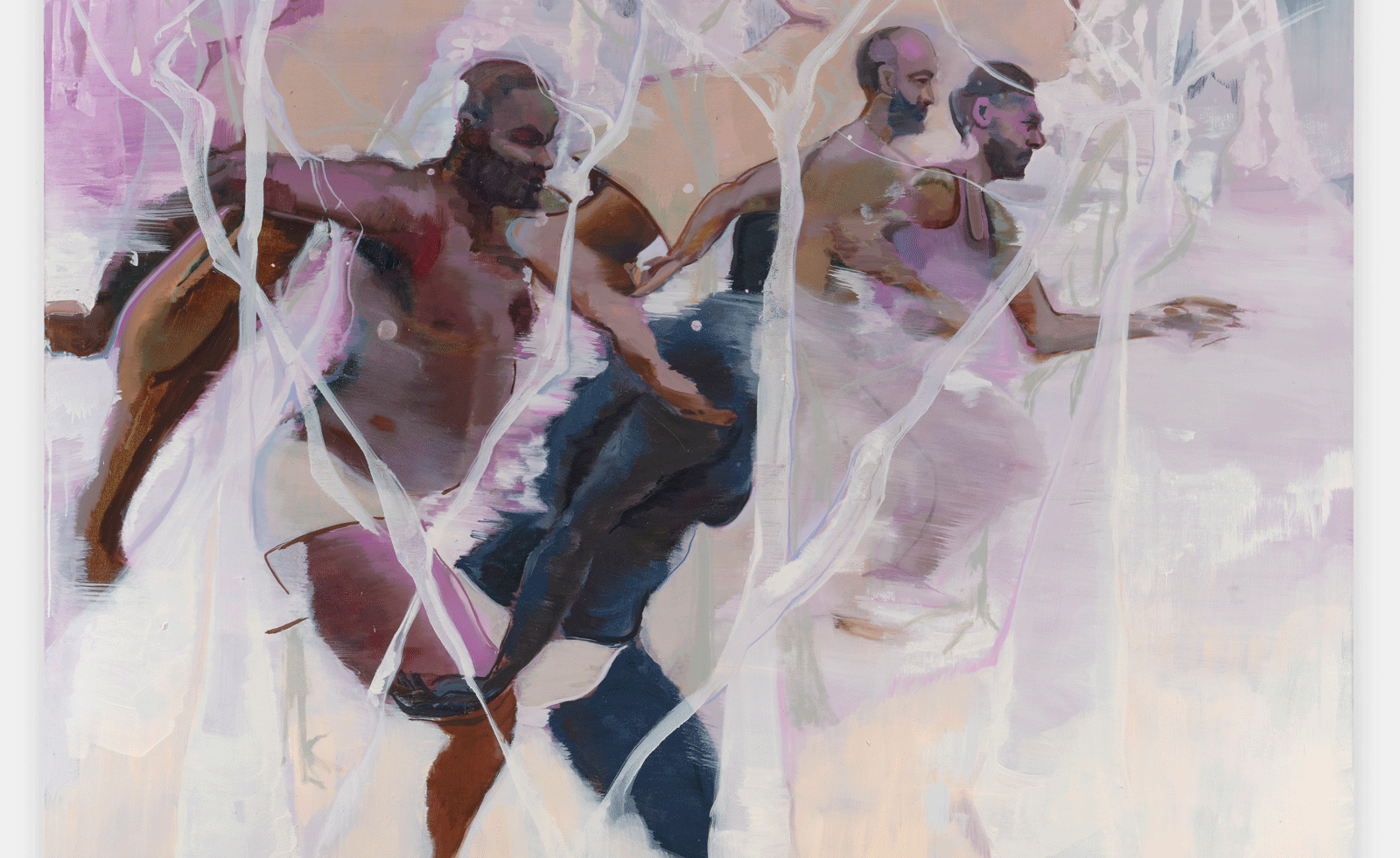 Artist Shaqúelle Whyte is a master of storytelling at Pippy Houldsworth Gallery
Artist Shaqúelle Whyte is a master of storytelling at Pippy Houldsworth GalleryIn his London exhibition ‘Winter Remembers April’, rising artist Whyte offers a glimpse into his interior world
-
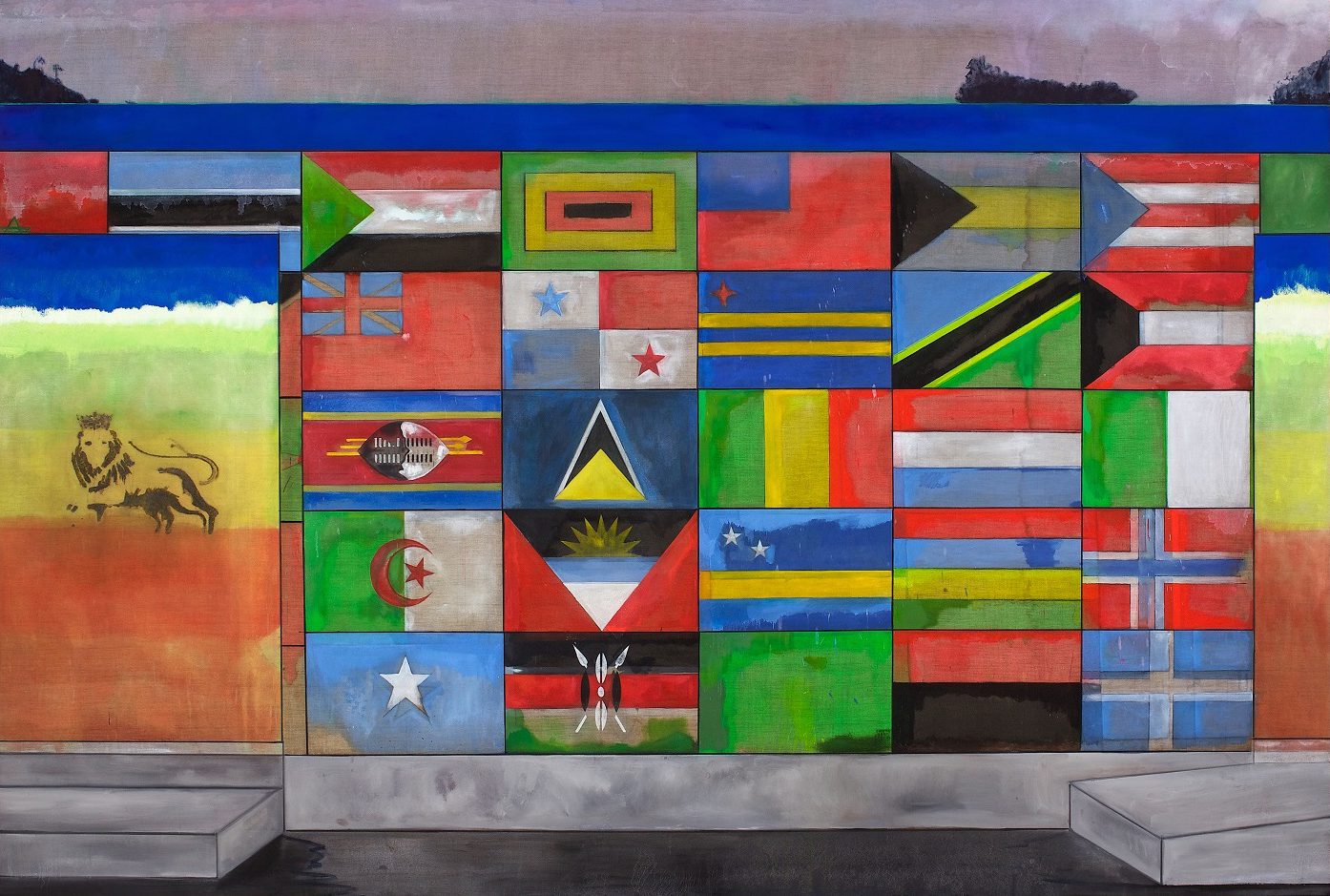 ‘Sit, linger, take a nap’: Peter Doig welcomes visitors to his Serpentine exhibition
‘Sit, linger, take a nap’: Peter Doig welcomes visitors to his Serpentine exhibitionThe artist’s ‘House of Music’ exhibition, at Serpentine Galleries, rethinks the traditional gallery space, bringing in furniture and a vintage sound system
-
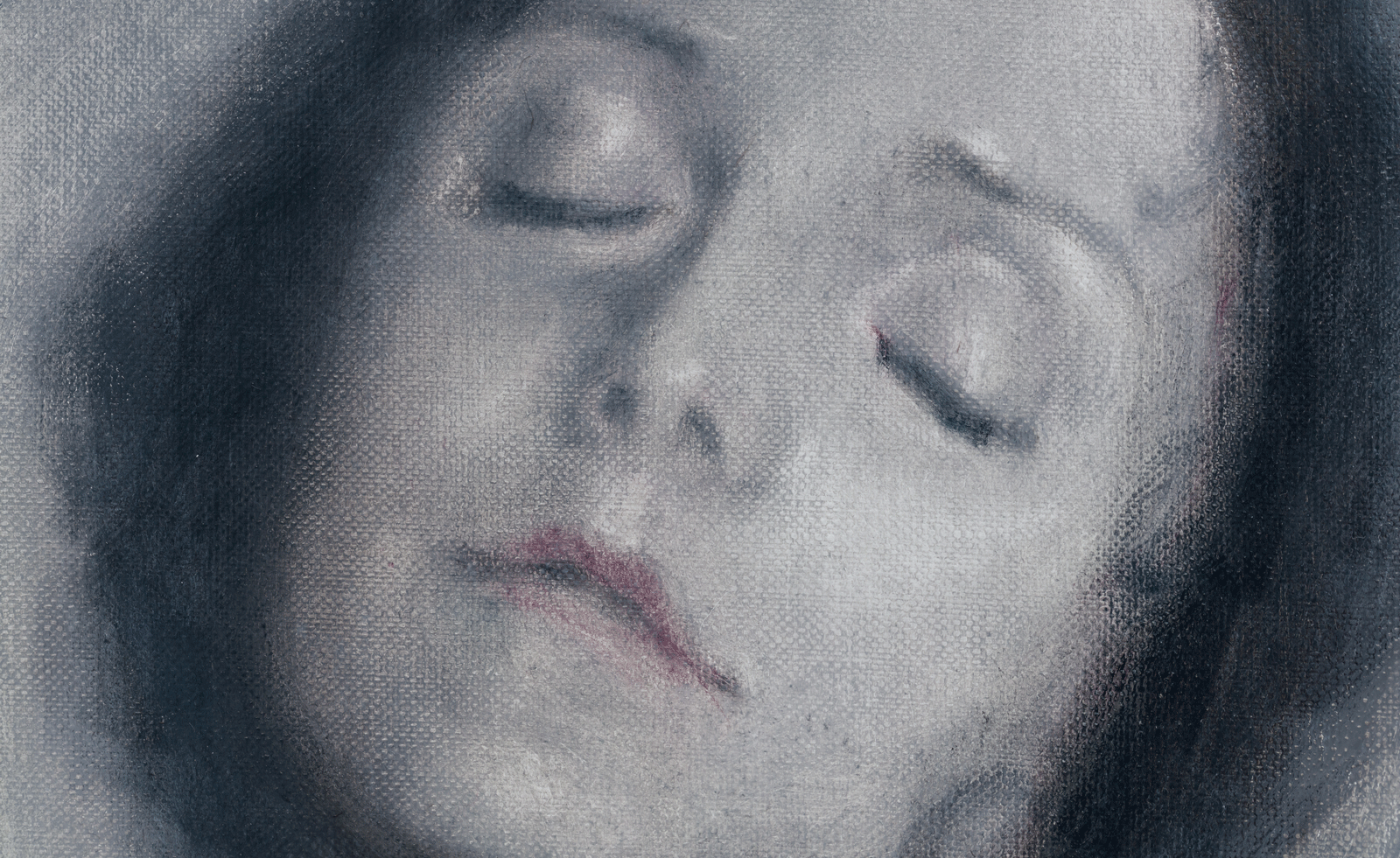 Classic figurative painting is given a glamorous and ghostly aura by Polish artist Łukasz Stokłosa
Classic figurative painting is given a glamorous and ghostly aura by Polish artist Łukasz StokłosaThe gothic meets the glamorous in Stokłosa’s works, currently on show at London’s Rose Easton gallery
-
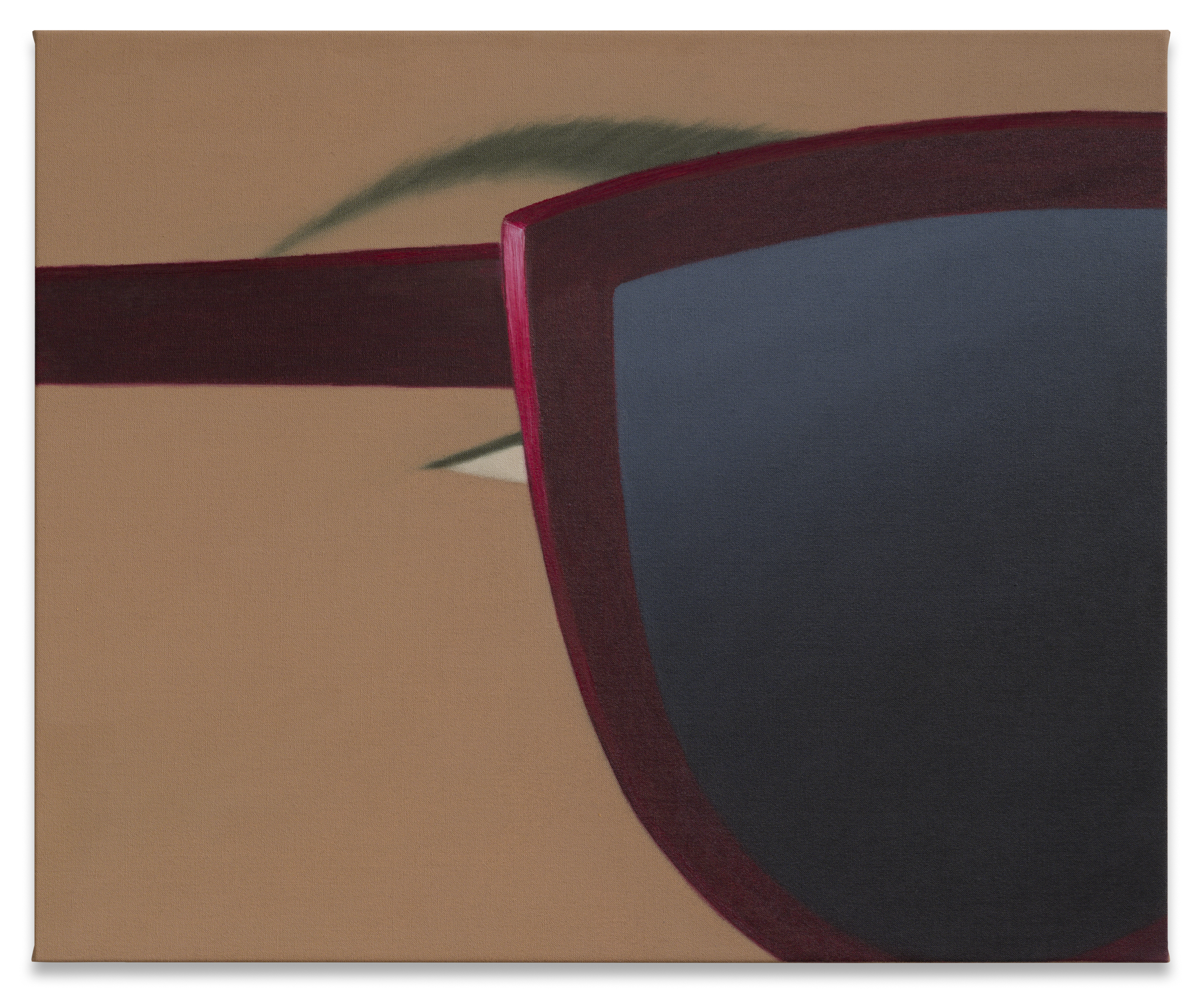 What's the story with Henni Alftan’s enigmatic, mysterious paintings? The artist isn’t saying
What's the story with Henni Alftan’s enigmatic, mysterious paintings? The artist isn’t sayingParis-based artist Henni Alftan's familiar yet uncanny works are gloriously restrained. On the eve of a Sprüth Magers exhibition in Berlin, she tells us why